AIMS Report: Footprints
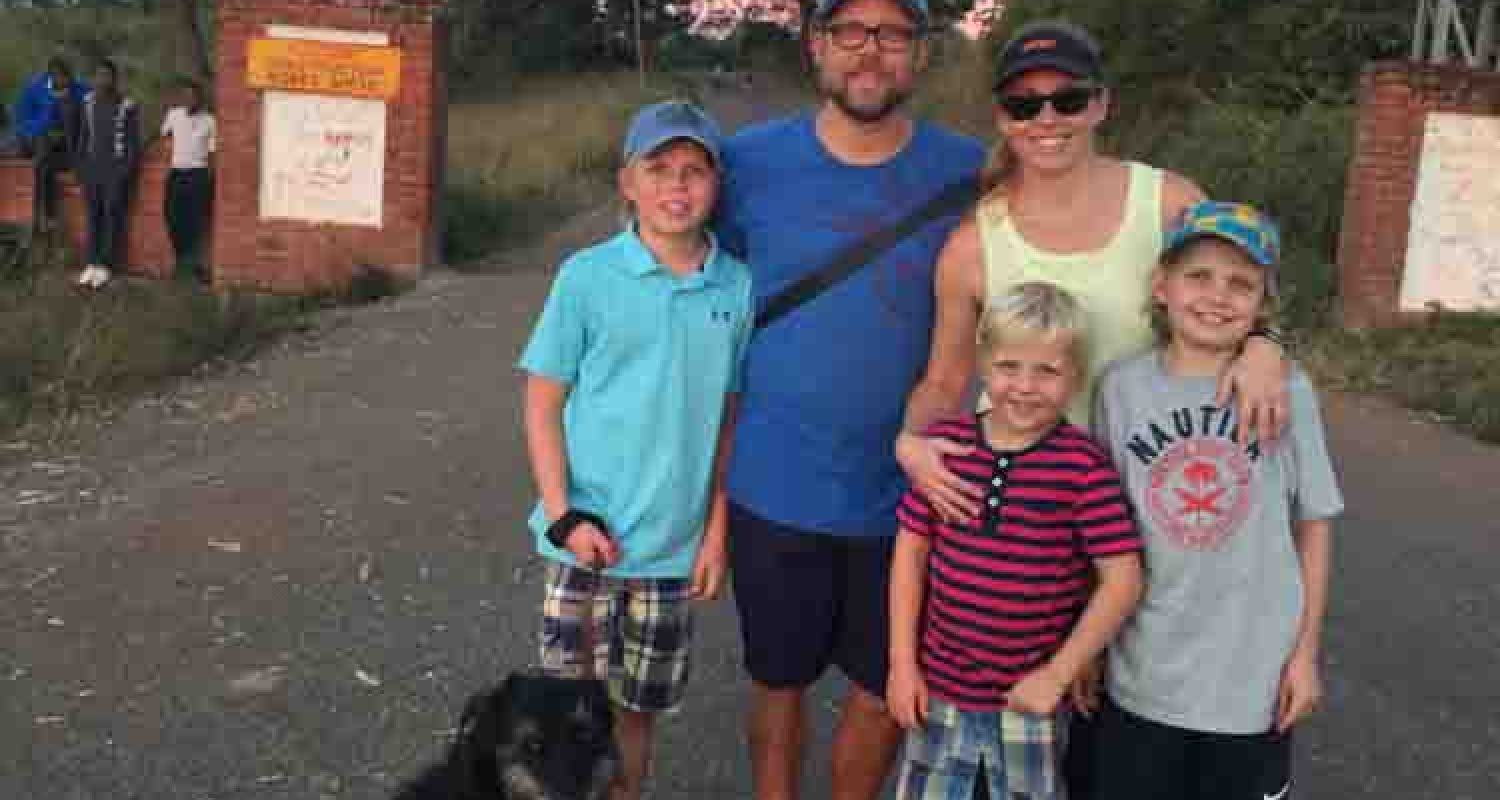
By Sharlene Hayton
Published in the ALUMNI JOURNAL spring 2023
In our house there are two parents, two teenage boys, and one ten-year-old boy who thinks he is a teenager. We have two dogs—one with short little ‘meatball’ legs and a tummy that hangs dangerously low to the ground and the other dog who can jump high, run fast, and grow hair at rates that require a groomer’s attention every five weeks. Incidentally, both dogs are boys too, so our male–female ratio is 6:1, if you consider the dogs a part of it all, which we certainly do.
Most days, but particularly Fridays, I look around the front room of the house. The room where we first enter with our arms brimming with bags, whether from shopping, from school, from sports, or from the hospital. It’s the room that belongs to everyone, and at the end of the week, that really shows. There are baseball bats, basketballs, football cleats with dried mud on the soles; there are surgical caps that have been pulled from the trash by the hair-growing dog; blankets that have been scrunched up by the short-legged dog; a general collection station of keys, toys, hats and papers; Amazon purchases; and much, much more. It’s more of the dumping room than the front room.
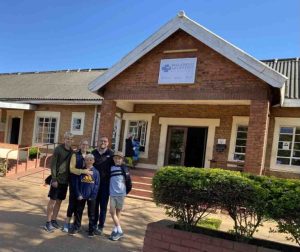 On Fridays I call the family to attention. “Look in the front room please, and identify your footprint in that room. Start by cleaning up your own footprint, and then we will see what else we all need to do to ready the house for Sabbath.” Everyone kicks into gear and hurriedly rushes about, and within a few minutes, the front room begins to look visitor friendly. I thank them all, and we move on to a different space.
On Fridays I call the family to attention. “Look in the front room please, and identify your footprint in that room. Start by cleaning up your own footprint, and then we will see what else we all need to do to ready the house for Sabbath.” Everyone kicks into gear and hurriedly rushes about, and within a few minutes, the front room begins to look visitor friendly. I thank them all, and we move on to a different space.
When we fall into this Friday routine, I sometimes think of our larger footprints, the kind that we make in the world, outside of our bubbles or our daily flow. I think back to our time at Malamulo Mission Hospital in Malawi, and I wonder about the people who came in and out of our home, the hospital, and the mission. Do they know that when they left, their ‘footprints’ remained?
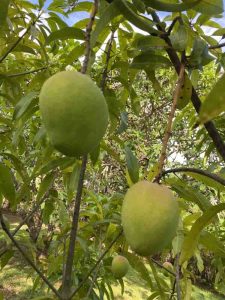
There had to be hundreds of visitors who found their way to the warm heart of Africa over the nine years our family was there. There were medical and non-medical volunteers, all looking to make a difference.
A short-term volunteer medical doctor, who was a classmate of Ryan’s (Ryan A. Hayton ’05) in medical school, made such an impact on our perception of short-term medical missions that when I think of short term ‘footprints’, I often think of his shoes first. On his first trip, he reached out to Ryan to see what needs the hospital had for his specialty and brought what Ryan suggested. But since it wasn’t Ryan’s field of expertise, the volunteer quickly made his own list upon arrival and planned to bring that equipment on his next trip. He came several times to Malamulo and improved our surgical department each time with new, modern equipment, but especially with teaching on the ground. The residents and the surgeons who hadn’t been trained specifically in his field all benefited immensely from his visits.
There were two physicians who came yearly to cover in their specialties when the long-term physicians in their field took annual leave. This provided such continuity of care as the short-term physician would become comfortable with the hospital and especially the staff and the way of doing things in Malawi. I believe these two doctors are still filling in for a month a year. Their impact is great, and their help is welcomed there.
We saw teams of physicians come to the hospital, and sometimes I had to marvel at God’s timing of it all, like when the PICU team from Loma Linda was visiting and our oldest son was diagnosed with Type 1 diabetes, and they sat with us to help us navigate those dark, early days. Another experience was when a missionary family came to cover physicians on leave and brought their large family and instant friends for the missionary kids.
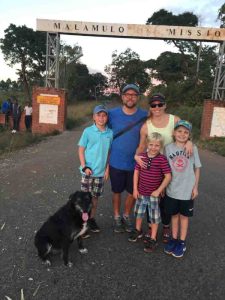
There are many volunteers who have graced Malamulo’s halls since its inception, and not all of them have been medical missionaries. We’ve had business-trained missionaries who help in administration needs, construction volunteers who build the infrastructures, educators who develop the next generation, student missionaries who fill a variety of needs, and a smattering of all kinds of talents and occupations. Each time one of these volunteers left, their footprints remained. I often thought of the family who came to fix Malamulo’s water problem whenever I turned on my faucet and clear water trickled out.
However, it is important short-term missionaries also consider their potential negative footprint on those remaining. One day I was in our local market at Makwasa. I shopped here regularly, not just for food, but for treasures in the ‘bend over boutique’ (mounds of secondhand clothing piled onto tarps on the ground). There was a short-term team who had been staying on the mission for a week, and on their last Friday they walked as a group to Makwasa, feeling cheerful and with good intentions, no doubt. They began handing out small kwacha bills and coins to the kids that were following them. They laughed as they saw the joy in these children’s faces; after all, what was 20 kwacha to them? Maybe 5 cents. They emptied their pockets in the market and returned to the mission feeling satisfied. But the next Friday when I went to my regular shop, I was chased all over the market by those same kids, begging now, “Give me my money!” Fortunately, I knew the children’s parents, and after discussing this with them, the market returned to normal the following week.
In the physical sense, a footprint is the very thing that we leave behind, that shows that we have trodden in a certain place at a certain time. In a metaphorical sense, our footprint extends to more than time and place; it is the thing we have chosen to communicate, a talent we have loaned, a difficulty we have endured, an experience we have shared, a listening ear to another’s story. It is the intangibles of life stemming from tangible moments.
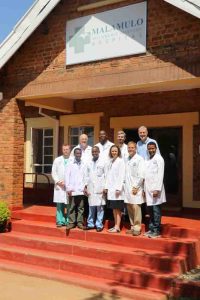
Years ago my mother had created a beautiful cross-stitch for my home. It was the “Footprints in the Sand” poem, and it hangs serenely on my wall. It’s a beautiful image of God’s footprints beside ours wherever we walk. He is there with us, in the operating theatre, at a patient’s bedside, on our phone calls and texts, at the grocery store, in our classrooms, on our mission trips, and with us in the daily grind. But it also speaks to those hard times in our lives when we wonder where God is and what His purpose is for us? Where is God amid our suffering and chaos? God gently reminds us, during those hard times, where one set of footprints walk in the sand, “It was then that I carried you.”
He that called us is faithful to see us through. He works with us in our shortcomings, He walks beside us into the known and unknown, and although we may not always feel his presence, He assures us that He will never leave or forsake us. Where is the trail of your footprints today? Great is the God that we serve. Here I am, Lord, carry me. I will not be afraid for I know You walk beside me, I know You carry me.
Sharlene Hayton authored the book “Kangaroo Kay.” She and her husband, Ryan A. Hayton ’05, a general surgeon, and their 3 boys lived in Malawi for 9 years and now Redlands, California. They enjoy traveling and leaning into the love and grace of Jesus Christ.

